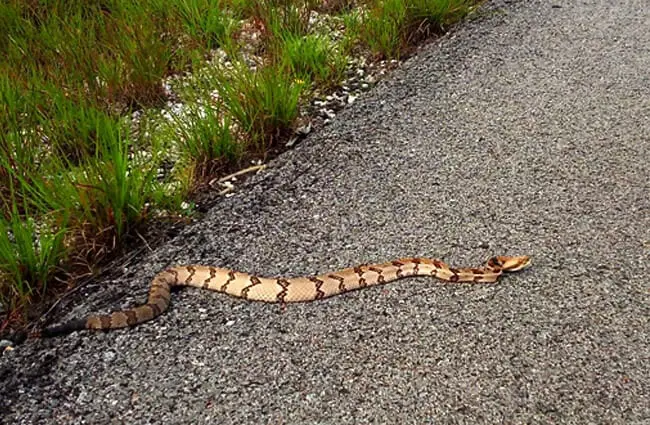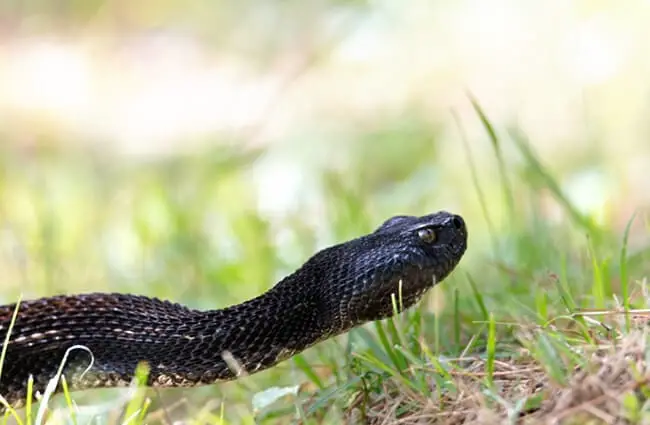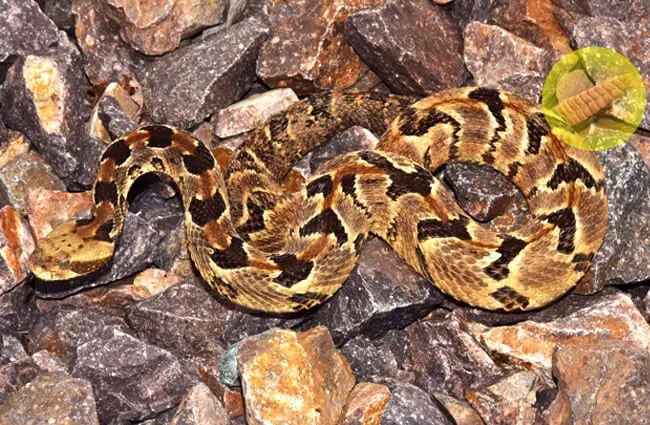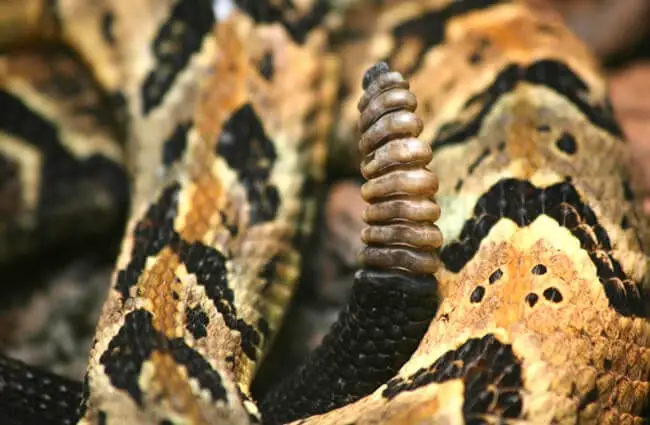The Timber Rattlesnake, a captivating yet often misunderstood creature, holds a significant place in North American ecosystems and cultural history. This article delves into the fascinating world of Crotalus horridus, exploring its biology, behavior, habitat, and its complex relationship with both the environment and humans. From identifying characteristics to conservation concerns, we aim to provide a comprehensive overview of this remarkable reptile.

Understanding the Timber Rattlesnake
Identification and Physical Characteristics
Timber Rattlesnakes are venomous pit vipers, easily recognized by their namesake rattle—a series of interlocking keratin segments at the end of their tail. These rattles serve as a warning signal to potential predators. Adults typically range from 36 to 60 inches in length, though some individuals can grow larger. Their coloration varies considerably, ranging from pale yellow or tan to dark brown or gray, often with dark crossbands. A distinct dark band extends from behind the eyes down the sides of the head. A fascinating variation exists with melanistic individuals, appearing almost entirely black, especially in certain regions. The head is triangular and they possess elliptical pupils, characteristics common to pit vipers.
Habitat and Distribution
Historically found across much of the eastern United States, the Timber Rattlesnake’s range has contracted significantly. They now primarily inhabit mature deciduous forests, particularly areas with rocky outcrops, ledges, and dense undergrowth. These features provide crucial shelter, basking sites, and denning locations. They prefer areas near swamps, wetlands, and streams. States with established populations include the Appalachian region, the Ozarks, and parts of the Southeast. They are adaptable but increasingly restricted to fragmented habitats due to human activity.

Behavior and Ecology
Diet and Hunting Strategies
Timber Rattlesnakes are ambush predators, relying on camouflage and patience to capture prey. Their diet consists primarily of small mammals, such as rodents, squirrels, and rabbits. They also consume birds, amphibians, and occasionally reptiles. Using heat-sensing pits located on their face, they can detect the body heat of warm-blooded prey, even in complete darkness. Once prey is within striking distance, they deliver a venomous bite to immobilize and begin the digestive process.
Reproduction and Life Cycle
Timber Rattlesnakes are viviparous, meaning they give birth to live young. Mating typically occurs in the fall, with females storing sperm throughout the winter. Gestation lasts for approximately seven to nine months, and litters usually range from six to fourteen young. Newborn rattlesnakes are venomous from birth, though their venom yield is relatively small. They mature slowly, reaching sexual maturity around five to seven years of age. Their lifespan in the wild can exceed twenty years.

Ecological Role
As top predators, Timber Rattlesnakes play a critical role in regulating populations of rodents and other small mammals. This helps to maintain the health and balance of forest ecosystems. By controlling rodent numbers, they can also reduce the spread of Lyme disease and other tick-borne illnesses. Their presence is often an indicator of a healthy, intact forest environment.
Timber Rattlesnakes and Humans
Historical and Cultural Significance
Timber Rattlesnakes hold a prominent place in Native American cultures, often symbolizing strength, protection, and healing. Their imagery appears in various forms of art, mythology, and ceremonial practices. During the Revolutionary War, the rattlesnake became a symbol of American defiance and liberty. The political cartoon “Join, or Die” depicted a rattlesnake cut into segments to represent the colonies.

Conservation Status and Threats
Timber Rattlesnake populations have declined significantly in many areas due to habitat loss, fragmentation, and persecution. They are currently listed as “Threatened” or “Endangered” in several states. Road mortality, collection for the pet trade, and indiscriminate killing based on fear also contribute to their decline. Conservation efforts focus on habitat protection, restoration, and public education.
Encountering a Timber Rattlesnake: Safety First
If you encounter a Timber Rattlesnake while hiking or exploring, the most important thing is to remain calm and maintain a safe distance. Do not attempt to handle or harass the snake. Slowly back away, giving it plenty of space to escape. Rattlesnakes typically only strike when they feel threatened or cornered. If bitten, seek immediate medical attention. Antivenom is available, but prompt treatment is crucial.
Advanced Topics for the Enthusiast
Evolutionary History
The evolutionary origins of Crotalus horridus can be traced back to the Miocene epoch, about 23 million years ago. Pit vipers, as a group, evolved from ancestors that lacked the heat-sensing pits and rattles. The development of these features is thought to have enhanced their ability to detect and subdue prey in ambush-style hunting. Genetic studies suggest that Timber Rattlesnakes diverged from other rattlesnake species relatively early in their evolutionary history.

Captive Care Considerations
Caring for Timber Rattlesnakes in captivity requires specialized knowledge and facilities. They need a large, secure enclosure that replicates their natural habitat, including appropriate temperature gradients, humidity levels, and substrate. A varied diet of appropriately sized rodents is essential. Strict biosecurity measures are necessary to prevent the spread of diseases. Handling should be minimized and performed only by experienced personnel. It is illegal to possess Timber Rattlesnakes in many jurisdictions without proper permits.
Interesting Facts
- Timber Rattlesnakes can shed their skin several times a year.
- Their venom contains enzymes that aid in digestion.
- Rattles are not continuously regrown; they break and new segments accumulate.
- They can detect vibrations in the ground through their jawbones.
- Timber Rattlesnakes brumate during the winter, becoming less active but not fully hibernating.
The Timber Rattlesnake, though often feared, is a magnificent creature deserving of our respect and protection. Understanding its biology, ecology, and cultural significance is crucial for ensuring its survival in a changing world. By promoting conservation efforts and fostering a greater appreciation for this remarkable reptile, we can help safeguard its future for generations to come.

![Red Angus Closeup of a beautiful Red Angus cowPhoto by: U.S. Department of Agriculture [pubic domain]https://creativecommons.org/licenses/by/2.0/](https://animals.net/wp-content/uploads/2020/03/Red-Angus-4-238x178.jpg)




![Red Angus Closeup of a beautiful Red Angus cowPhoto by: U.S. Department of Agriculture [pubic domain]https://creativecommons.org/licenses/by/2.0/](https://animals.net/wp-content/uploads/2020/03/Red-Angus-4-100x75.jpg)

